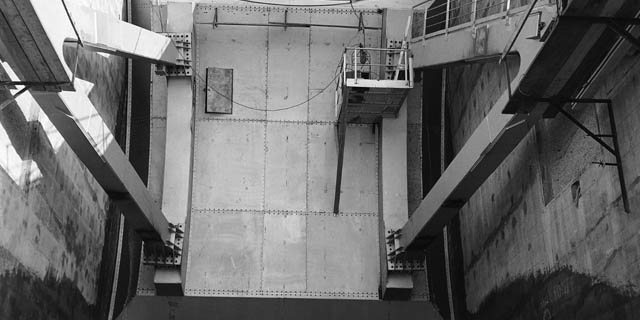
Useful and cute!
My spillway has clamshell gates— they open and close like eyelids! Their main advantage is that they look nicer than knife gate valves do.
Abitibi‑Témiscamingue, QC
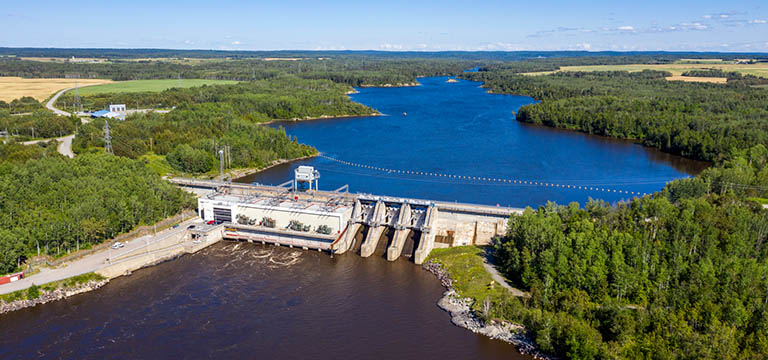
Like a number of other generating stations, I was built on the Rivière des Outaouais (Ottawa River), the longest river in Québec. I’m one of the few generating stations to be open to the public, as is Carillon generating station. Take advantage of this opportunity!
I’m located in the village of Notre-Dame-du-Nord, and my small size makes me the ideal place to introduce people to the transformation of water power into electricity.
During your visit, you’ll discover:
Don’t wait! Book your free tour now! My guides look forward to sharing their knowledge with you!
Have a look at these pictures for a hint of what your guided tour has in store for you!

My spillway has clamshell gates— they open and close like eyelids! Their main advantage is that they look nicer than knife gate valves do.
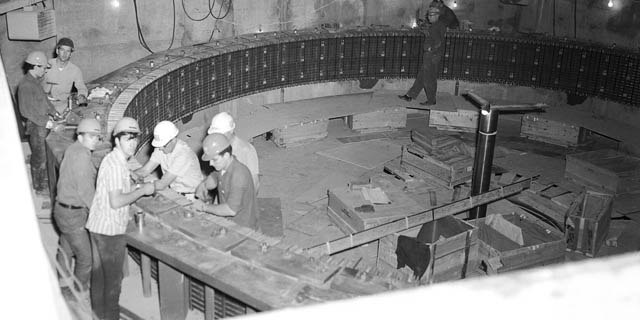
Each of my four rotors weighs 123 tonnes, as much as 24 African elephants.
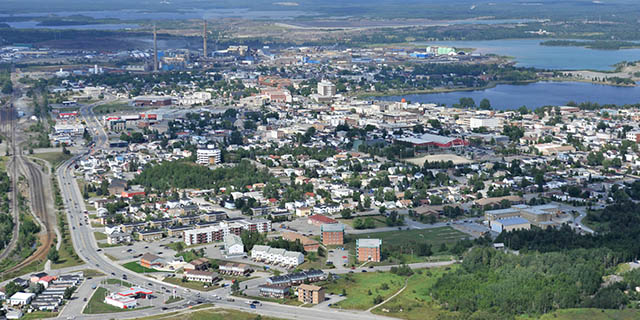
With a capacity of just over 130 MW, I can supply a city like Rouyn‑Noranda (43,000 inhabitants) all by myself.
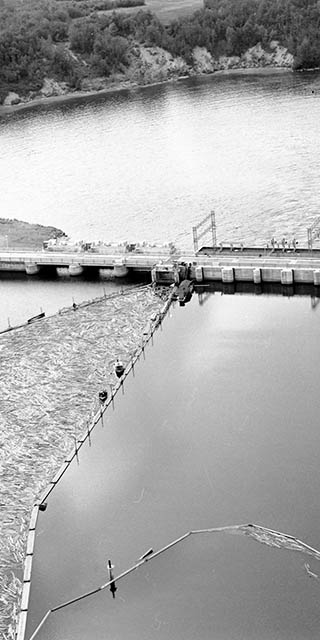
When I was commissioned, a log chute for log driving was built into my structure. Because log driving is a dangerous and polluting activity, its practise ceased in 1976. A monument to the region’s industrial past, the log chute has been preserved for its heritage value.
Some images are from the Hydro‑Québec Archives.
Hydro-Québec began to serve the entire Abitibi‑Témiscamingue region following the second phase of electricity nationalization in Québec. When the decision was made to build me, the company already had two generating stations in the region, Rapide‑2 and Rapide‑7. But I’ve been the only generating station open to the public in Abitibi‑Témiscamingue since the 1970s. It’s quite the honor!
1960: Beginning of the Quiet Revolution in Québec
1963: Second phase of electricity nationalization in Québec
Until the mid‑1960s, electricity was generated at different frequencies in Abitibi, which posed a problem for the region’s economic development. It was at this time that Hydro‑Québec decided to standardize its service throughout Québec. A vast operation to convert the power supply to homes began in 1964 and was completed the following year. A total of 425 people worked to convert 15,000 household appliances and 150,000 pieces of equipment from 25 to 60 hertz.
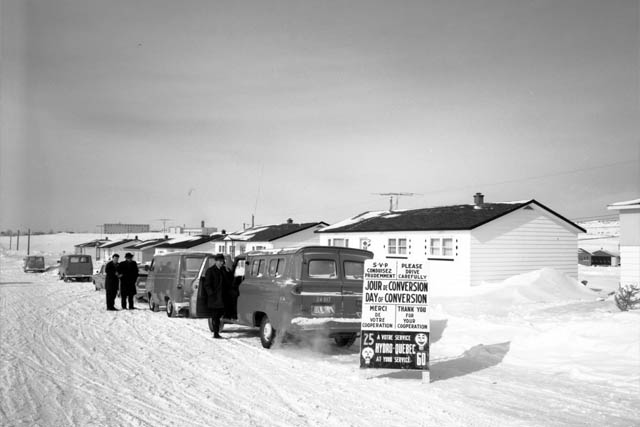
February 1965: Conversion of the frequency in Abitibi and in Témiscamingue.
Source: Hydro‑Québec Archives
1976: The Parti Québécois is elected for the first time
Don’t take our word for it: this is what the people who visited the generating station with our guides had to say.
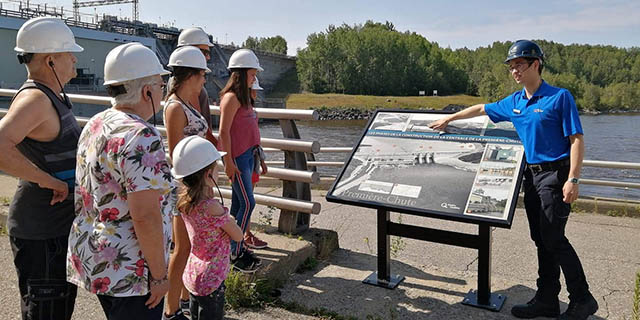
Each time I visit a generating station, I learn more about the development of one of Québec’s resources. Our guide was lively, knowledgeable and inspired by Hydro‑Québec’s mission.
I learned many things. It was very interesting. The tour guide was obviously very passionate about his job and was a real people person.
This is my sixth generating station. It’s always very interesting.
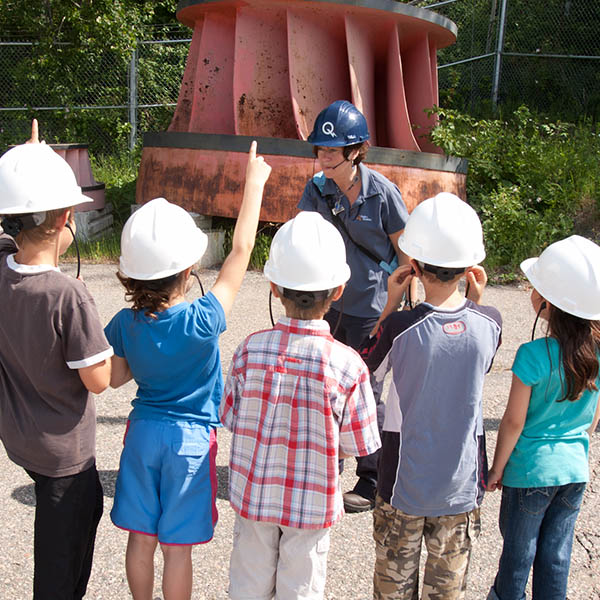
Visitors aged 18 and over must present official photo ID.
(Accepted ID: health insurance card, driver’s license or passport)
Reservations are required at all times and must be made at least 24 hours in advance.
About 90 minutes
Tours start at set times. We recommend that you arrive 15 minutes in advance.
From mid-June to the end of August
Tour times:
From Wednesday to Sunday at 9:30 a.m., 11:15 a.m., 1 p.m. and 2:45 p.m. (reservations required)
School tours
Looking for original tours featuring science, history and technical know-how? Hydro‑Québec’s got just the ticket!
Première‑Chute Generating Station – Interpretation Center
621, chemin Hydro‑Québec
Notre-Dame-du-Nord (Québec) J0Z 3B0
Tel. : 1 800 903-9705 ext. 3417200Tel. : 1 800 903-9705 ext. 3417200
(between 9:30 a.m. and 4 p.m.)
Get in touch by email.
For additional information
Free admission
Reservations are required at
all times
and must be made at least
24 hours in advance.
To reserve a free guided tour in
English, please call
1 800 903-9705 ext. 3417200
1 800 903-9705 ext. 3417200
.
Get in touch by
email.